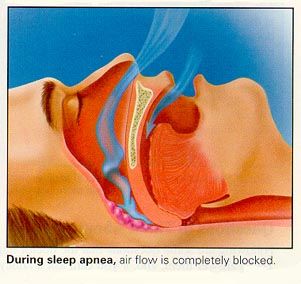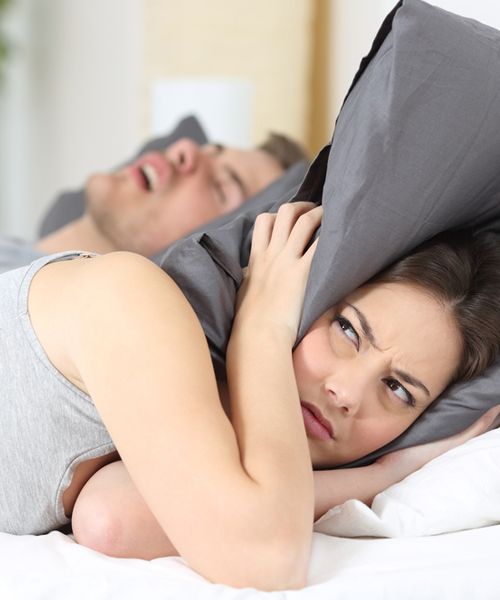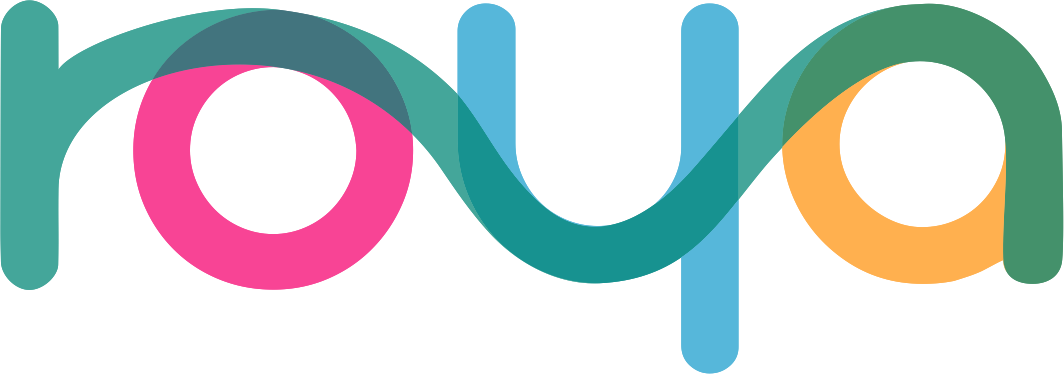Obstructive Sleep Apnea (OSA)
Are you experiencing symptoms of obstructive sleep apnea, like loud snoring or sleep disruptions? Obstructive Sleep Apnea, often abbreviated to OSA, is a potentially dangerous and common sleep disorder.
In the United States, Obstructive Sleep Apnea affects between 18 to 30 million adults over the age of 18. When left untreated, OSA can lead to a variety of health consequences, like diabetes, hypertension, chronic fatigue, and even stroke. Not to mention, it can leave your bed partner sleep deprived as well. At Emerald Sleep Disorders Center in Eugene, OR, we offer a variety sleep apnea treatments for your unique circumstances.
What is Obstructive Sleep Apnea?
Obstructive sleep apnea is the most common type of sleep apnea. OSA occurs when your airway becomes partially or completely blocked during sleep. The soft tissues in your mouth, throat, and airway work mechanically for you to breath properly.
During obstructive sleep apnea, your throat muscles become too relaxed while you sleep, the soft tissue in the back of your throat starts to sag, becoming narrower and restricting the airway. Typically, the airway becomes blocked by the tongue or fatty tissues in the throat.
Oftentimes, the sound of the airway being blocked causes the patient to make a loud gasping, choking, or snorting noise, as the patient struggles to breath. These obstructive sleep apnea episodes can last for as long as 10 seconds, reducing the blood flow to the brain.
When a breath is finally taken, the patient’s brain goes back to sleep, and the sleep apnea process starts over. OSA episodes can happen a few or multiple times throughout the night. There are 3 levels of obstructive sleep apnea:
- Mild Obstructive Sleep Apnea. Patients with mild OSA have 5-14 episodes of interrupted breathing per hour.
- Moderate Obstructive Sleep Apnea. Patients with moderate OSA have 15-30 episodes of interrupted breathing per hour.
- Severe Obstructive Sleep Apnea. Patients with severe OSA have over 30 episodes of interrupted breathing per hour.
OSA is thought to affect about 4% of men and 2% of men. It’s also thought that only 10% of OSA suffers actually seek treatment, leaving a large population undiagnosed.

Symptoms of Obstructive Sleep Apnea
Because obstructive sleep apnea occurs during sleep, it can be difficult to realize you have the disorder. However, sufferers of obstructive sleep apnea often experience a range of negative symptoms. Some of the most common side effects of OSA include:
- Chronic daytime fatigue from interrupted sleep
- Sore throat or dry mouth in the morning
- Headaches in the morning
- Prone to depression, difficulty concentrating, forgetfulness, and irritability
- Restlessness during sleep
- Boisterous snoring
- Abruptly waking while feeling like gasping for air
- Difficulties with sex
- Difficulty getting out of bed in the morning
In some cases, patients suffering from OSA will grind their teeth, experience night sweats, and gastroesophageal reflux. If you share a bed with a partner, they will most likely notice your sleep apnea before you realize it.
Risk Factors for Obstructive Sleep Apnea
Anybody is at risk for developing obstructive sleep apnea, but some risk factors put you at a higher risk for OSA, including:
- Patients with excess weight. About half the people with obstructive sleep apnea are overweight. Overweight patients tend to have fat deposits in their upper airway that obstructs their breathing. At the same time, not everyone with OSA is overweight, and not everyone who is overweight has OSA.
- Patients with narrowed airways. Some patients are born with narrowed airways and enlarged adenoids, which can block the airway when the throat is relaxed.
- Patients with hypertension (high blood pressure). OSA is more common in patients with hypertension.
- Patients who smoke. Smoking disrupts the airway and makes you more likely to have obstructive sleep apnea.
- Patients with diabetes. Obstructive sleep apnea is more common for patients with diabetes.
- Genetics. You’re more likely to have obstructive sleep apnea, when you have family members with OSA.
- Patients who use opioid medication. Opioid medications relax your muscles, including those in your throat, making you more prone to OSA.
If you think you might have OSA and fall under any of the categories above, you can cut out risk factors by losing weight, avoiding smoking, and if possible, stopping opioid medications.
How to Diagnose Sleep Apnea
At Emerald Sleep Center, we perform a series of tests to assess your health and diagnose sleep apnea.
Besides asking you general questions about your sleep habit, you also might need to stay the night in our sleep lab, while we perform studies. In some cases, we might give you a monitor to take home that will measure factors while you sleep.
During the study, we will figure out how much your breathing is disrupted by measuring your air flow, blood oxygen levels, breathing patterns, electrical activity of your brain, eye movement, heart rate, and muscle activity.
At Emerald Sleep Center, we use multiple methods for detecting obstructive sleep apnea, including:
- Home Respiratory Testing (HRT). HRT is one of the most simple methods of testing for apnea, but it also has limitations. Results for HRT can be misleading, because it is unable to account for awake events. HRT is the most useful test for patients with strong indications of OSA. Home respiratory testing is one of the most cost-effective methods of testing, but it does not provide as quality information as other tests.
- Overnight oximetry. Overnight oximetry records your blood oxygen levels and pulse rates by placing a diode over the finger. This testing tools is able to detect a lack of oxygen caused by OSA. However, it is known to have false positive and negatives, since the average oxygen saturations when sleeping should be over 89% and over 92% while awake, and the oximetry is unable to show if you’re awake.
- Multiple Sleep Latency Tests (MSLT). Multiple sleep latency tests are used to test for narcolepsy and obstructive sleep apnea. These are a series of 4-5 naps lasting for 20 minutes and spaced every 2 hours. For healthy patients, it takes 13-15 minutes to fall asleep. However, those with OSA and narcolepsy will fall asleep in 2-5 minutes, due to their daytime fatigue and sleepiness.
Obstructive Sleep Apnea Treatments
Depending the severity of your obstructive sleep apnea, we might recommend a variety of treatment and management options. For patients with mild sleep apnea, we might recommend more conservative approaches, such as:
- Changing your sleeping posture by not sleeping on your back.
- Obese patients might benefit from sleeping in an inclined position and weight loss.
- Avoid smoking as much as possible.
- Avoid alcohol and sedative for at least 4 to 6 hours before bedtime.
- Try to sleep eight hours every night and avoid sleep deprivation.
Patients with moderate and more severe forms of sleep apnea can benefit from mechanical treatments that open the airway to create a positive airflow. Some of the most common mechanical treatments for OSA, include:
- the nasal CPAP machine is one of the most standard treatment options.
- Bilevel positive airway pressure (BPAP). BPAP induces positive airflow while patients sleep.
- Oral appliance therapy. Oral appliances are worn in the mouth to keep soft tissues from blocking the airway and causing obstructive sleep apnea.
In the most severe cases of obstructive sleep apnea, we might recommend medication to complement other treatments or surgical intervention.
Risks of Untreated Obstructive Sleep Apnea
Leaving your obstructive sleep apnea untreated can cause a range of lethal health complications.
- Daytime tiredness. Sleep apnea disrupts your sleep, leaving your mind and body feeling exhausted during the day. While this might seem like a small complication that is easily counteracted with coffee, it puts you at a higher risk for workplace accidents and automobile accidents. Drowsy drivers are proven to be as dangerous as drunk drivers.
- Heart problems. When your body experiences sudden drops in oxygen levels at night, it strains your heart and cardiovascular system, as it has to overcompensate. OSA puts you at a higher risk for developing high blood pressure, heart attack, heart arrhythmias, and atrial fibrillation. The stress that OSA puts on your heart also puts you at a greater risk for stroke.
- Liver disorders. Patients with sleep apnea have a higher risk of developing liver issues and often show signs of scarring, also known as “nonalcoholic fatty liver disease.”
Besides causing dangerous health complications, sleep apnea also causes loud snoring, which can affect your partner’s sleeping patterns and put strains on relationships.
Call Emerald Sleep Disorders Center for Sleep Apnea Treatment
The experienced physicians at Emerald Sleep Disorders Center in Eugene, OR are board certified in neurology and sleep medicine. We offer comprehensive consultations for diagnosing obstructive sleep apnea, then use state-of-the-art technology for treating your sleep disorders. Are you ready to get on the path to healthy sleep? Our clean office and exceptional staff are here to help. Call us today to schedule an appointment at (541) 683-3325.




